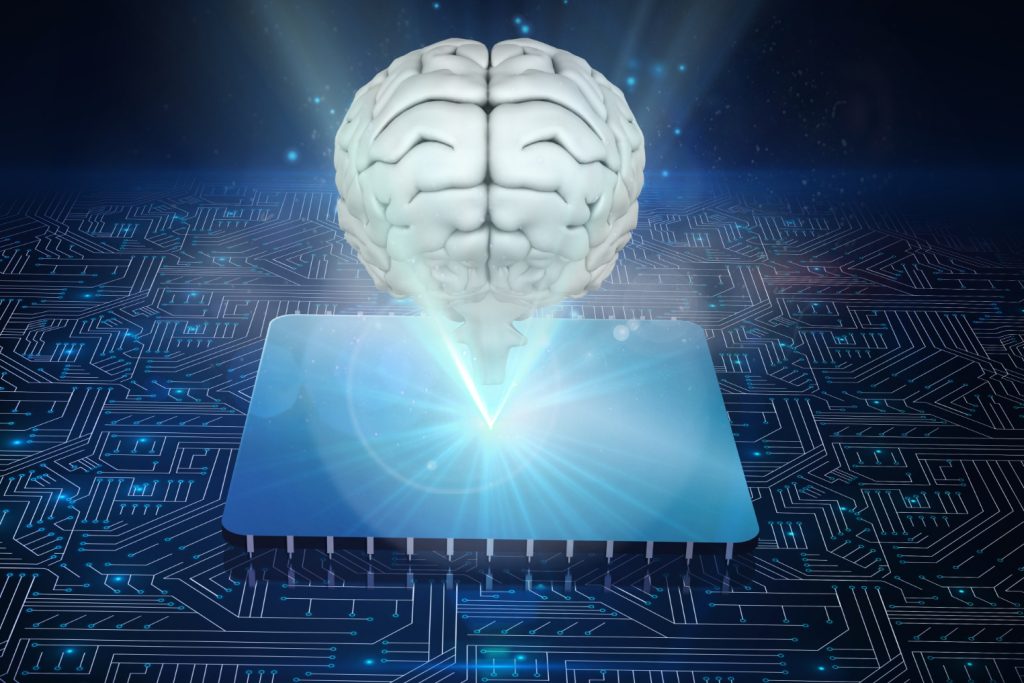Yes, deep learning AI can significantly improve cybersecurity measures in small to mid-size tech companies. By analyzing vast quantities of data to identify patterns and anomalies, deep learning AI offers a proactive approach to identifying potential threats before they materialize.
This is particularly advantageous in today’s fast-paced tech environment, where traditional security measures struggle to keep pace with sophisticated cyber threats.
How does deep learning AI detect cyber threats differently than traditional methods?

Traditional cybersecurity methods often rely on rule-based systems that flag activities deviating from a predefined script. While effective against known threats, they falter in the face of novel attacks.
Deep learning AI, on the other hand, continuously learns from the data it processes. This ability to learn and adapt enables it to recognize new forms of malicious activities by identifying subtle patterns and discrepancies that might elude traditional systems.
This continuous adaptation is crucial in an era where cyber threats evolve alarmingly. For small to mid-size tech companies, implementing deep learning AI means staying ahead of potential attacks, ensuring their defenses evolve as rapidly as the threats they face.
What challenges do companies face when incorporating deep learning AI into cybersecurity?
Incorporating deep learning AI into cybersecurity is not without its challenges. Firstly, the initial setup requires a significant investment in computing resources and expertise to train the AI models effectively. For small to mid-size companies, this can be a substantial barrier.
Additionally, the effectiveness of deep learning AI hinges on the quality and quantity of the data it’s trained on. Ensuring the availability of diverse and comprehensive datasets is crucial yet often challenging.
Another challenge lies in the interpretability of AI decisions. Deep learning models can be “black boxes,” making it difficult to understand the rationale behind specific threat detections. This opacity can complicate troubleshooting and refining security measures, making it imperative for companies to invest in talent capable of working with complex AI models.
How can companies overcome barriers to implementing deep learning in cybersecurity?

Overcoming the barriers to implementing deep learning in cybersecurity requires a strategic approach. One way is by partnering with AI solutions providers that offer plug-and-play models tailored for cybersecurity. This can alleviate the hefty upfront investment and the necessity for in-house AI expertise.
Additionally, joining industry consortia for shared cybersecurity initiatives can provide access to diversified data sets, enhancing the AI model’s learning capacity.
For interpretability issues, adopting explainable AI (XAI) methods can help. XAI aims to make AI decisions more transparent and understandable to humans. By leveraging XAI, companies can gain insights into how the deep learning model identifies threats, thereby enhancing trust and enabling more effective security refinement processes.
What future advancements in AI could further enhance cybersecurity for small to mid-size companies?
Advancements such as federated learning, where AI models learn from decentralized data sources without compromising privacy, could be game-changing. This approach would allow small to mid-size tech companies to collectively benefit from shared learning while maintaining data sovereignty.
Another exciting development is the integration of natural language processing (NLP) with deep learning AI. By understanding human language within technical logs and communications, AI can predict and neutralize social engineering attacks, one of the most difficult threats to mitigate. As these technologies mature, they will offer smaller tech companies advanced, cost-effective tools to enhance their cybersecurity posture significantly.
Conclusion
Deep learning AI holds immense potential for improving cybersecurity in small to mid-size tech companies. By learning from data to identify and adapt to new threats, it offers a dynamic defense mechanism that can keep pace with the ever-evolving landscape of cyber threats.
Despite challenges in implementation, strategic approaches, and advancements in technology, such as federated learning and natural language processing, present promising solutions.
As we continue to explore the capabilities of AI in cybersecurity, referring to comprehensive resources like “Revolutionizing Tomorrow: Exploring the AI Frontier with Deep Learning” can provide essential insights and guidance in harnessing this powerful tool for cybersecurity.
- The Agentic Startup Manifesto - June 8, 2025
- Remote Hiring in 2025 - April 5, 2025
- Burnout in Remote Teams: How It’s Draining Your Profits - January 27, 2025
